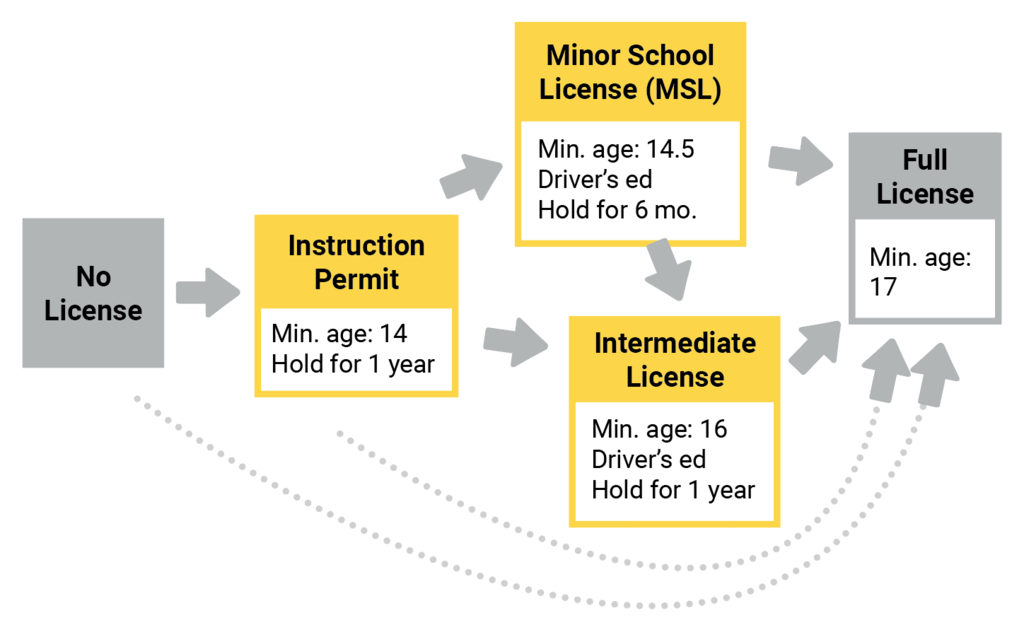
Elizabeth O’Neal, a postdoctoral researcher with NADS and the Department of Psychological and Brain Sciences, and Michelle Reyes, senior research associate, put teens into a simulator to find out. They posed the following research questions:
- Does a teen’s ability to anticipate hazards on the roadway change after engaging with one of two novice driver training programs designed to improve hazard anticipation skills?
- Does training improve hazard anticipation skills over and above independent on-road driving experience?
In a project funded by the AAA Foundation for Traffic Safety and SAFER-SIM, they evaluated two novice teen driver training programs. Participants in the study:
- Completed a baseline drive, then completed one of the two trainings (or neither if in the control group)
- Returned after 6 weeks to do a post-training simulator drive
- Returned after 4.5 months for a third, follow-up simulator drive
The team is now in the process of analyzing data from the third drive. They are combining eye tracking and simulator data to code each driver’s level of situational awareness to better understand how well the novice drivers are perceiving and responding to potential roadway hazards. They plan to wrap up data analysis and reporting in FY21.
So what’s next for O’Neal? “I’d like to find out: What can we do to more effectively train parents to be better instructors of their teen drivers?” she says.
She hopes to modify one of the training programs and test its ability to train parents to be better driving instructors by comparing participants that do and do not complete the training.
Young driver study: Crash rates

A project led by Michelle Reyes used state driver’s licensing data in combination with crash data to study young driver crashes. Crash rates based on the number of licensed drivers were calculated on a monthly basis to help evaluate graduated driver licensing policies in Iowa.
The major findings included:
- Holding an instruction permit for a longer time prior to getting an intermediate license was associated with lower crash rates.
- Minor school license (MSL) drivers had lower crash rates than intermediate drivers, but MSL drivers were also over-represented in fatal and severe injury crashes.
- Older young drivers (i.e., 17- to 20-year-olds) holding instruction permits were over-represented in crashes and were also more likely to be driving without a supervisor in the vehicle.
- Fatal crashes were much more likely to occur at night on summer weekends.
What’s next? Building off previous research, Reyes is working to calculate teen crash rates and crash characteristics by license type (instruction permit, minor school license, or intermediate license), age, and duration of licensure.
Paths to full licensure in Iowa

”I’ve been fortunate to collaborate with many great people at the Iowa DOT and the Statewide Traffic Records Coordinating Committee who care about using data to improve safety on Iowa’s roads.”
—Michelle Reyes, senior research associate
Ongoing NADS/Iowa DOT projects are asking:
- What are the outcomes of motor vehicle injuries for adults in the back seat, and how do seatbelts affect the severity or types of injuries sustained?
- What are the impacts of road conversions from 4- to 3-lane street configurations on businesses and emergency response in Iowa communities?
- What do the coded numbers from crash reports really mean? Reyes is part of a team creating a crash data dictionary that will give users a better understanding of what really happened during a crash.
This article originally appeared in the 2020 NADS Annual Report.
